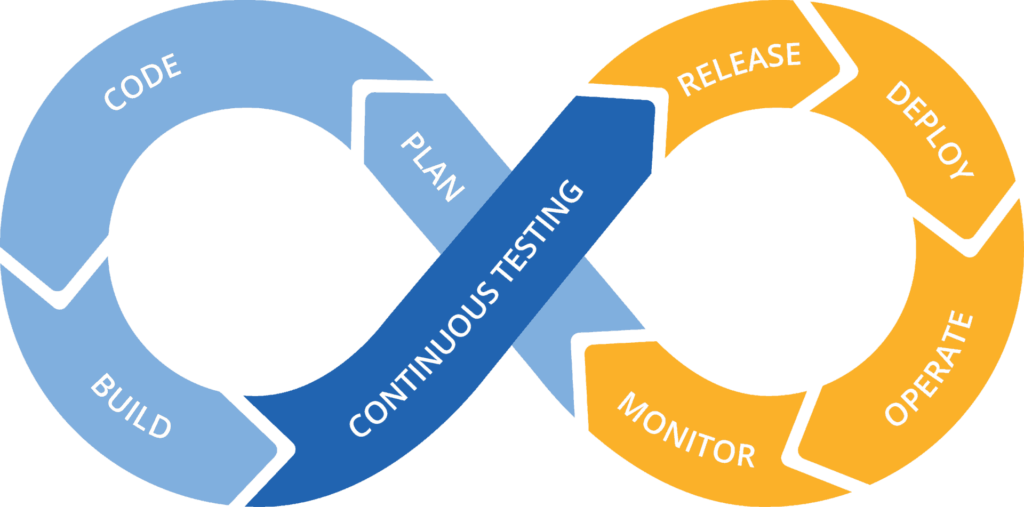Test automation: a brief introduction
We work in an ever-demanding digital world, where testing is becoming more and more complex each day. The needs to increase test coverage and reduce time-to-market are a must, so a test automation solution is a necessity.
In its ideal form, such a solution should increase the testing team’s efficiency, while improving test accuracy and reducing risks. However, implementing a new approach to testing within an organization is not always an easily accomplished task, as test automation comes with its own challenges. But the more aware you are of their existence, the easier to address the issues, right?

So let’s dig a bit deeper into the test automation field and its challenges.
There’s an initial investment cost & the savings cannot be seen overnight
You know what they say, features tell, but benefits sell. It’s important to let possible customers know what a product can do. But it’s essential to make them understand what it can do for them. This also applies to test automation solutions. Let’s say one comes with lots of benefits over manual testing, and there is a payoff in the long run. Convincing the management and the stakeholders to invest in it and see beyond the initial investment cost is a major challenge.
A possible solution? Come up with an accurate measurement of the ROI of test automation. Focus on its tangible measures, such as productivity, and reducing time and costs. This way, you let the management see what test automation is beyond the initial costs.
We are hardwired to resist change
Tell people you want to change their approach to work with a better solution. More often than not, what they will hear is uncertainty and new procedures they have to learn, probably new tasks they have to perform. In the case of digital solutions, the might even fear that their skills will become obsolete. And if they eventually accept the change, they will want to see its results immediately.
This is also the case with engineers in the event of implementing a test automation solution. They want to spend less time on repetitive tasks, without spending more time learning how to use a new tool. That is why a test automation tool should be intuitive and easy to use, and the transition from manual to automated testing should not be done overnight.
Identify a task that people should repeat manually on an annoyingly regular basis, such as repeating the same test in various environments, and automate it. If engineers see its benefits to their work, they will start accepting the new way of doing things more easily. No new approach to things comes without reluctance to accept it. So, make sure that the solution you choose will be able to break the wall of resistance to change.
Skipping the fundamental steps
When choosing a test automation solution, you should keep in mind that the process should be done gradually. What does that mean? Well, as previously noted, the solution should be intuitive and simple to use. That is what we all want when we start to use a new solution, right? After getting used to it, its long-term goal is to have the best testing coverage, and that involves some complexity.
In the beginning, writing the new test case might take time, and consequently, the test coverage might be low. That’s why you should start automating the scenarios which are about to repeat often. This way, you make sure that your regression testing is growing every day.
So, instead of expecting the solution to do everything immediately, you should expect it to be valuable at every step of the testing journey. If it saves your time, and and proves reliable, it’s a good sign. If it reduces the risks associated with manual testing, and even gives your engineers time to focus on innovating new ways to increase the product instead of doing repetitive work, then you probably made the right choice.
Not choosing the right test automation solution for your organization’s needs
There are many test automation tools out there, but as happens with every kind of service or product, not everything is for everyone. When you buy a new laptop, you do not just take the first that shows up in the search results, right? It should respond to specific needs and desired outcomes. That’s also the case when you choose a test automation solution.
The most popular commercial tool is not always the best. The one that pops up as an ad might not be for you. If a solution does not meet your technical and business expectations, you’ll put it aside in the end. That’s why a thorough analysis should be in place when choosing a specific test automation tool. Take into consideration its specifications, how it can improve the workflow, and whether or not it fits your testing approach. You can ask yourself a few questions, such as the following:
- Will automation test suites have a long lifetime?
- Can the framework be used for integration testing, end-to-end testing, multi-site scenario, etc?
- Can you build a modular approach, where the tests are built over real devices?
- How can you reduce the effort in both the implementation and maintenance of the test script and test suite?
- Is there an in-depth analytics or reporting system in place so that you can have control over the whole proces, see the results, understand the case scenarios, etc?
- These questions come as a result of your business needs, so they might differ from company to company.
Let’s wrap it up
Every transition from one way of doing things to a new one comes with its own challenges, and the ones we listed here are surely not all of them. Does your test automation solution prove valuable both short and long term? Does it allow lenghty and complex regression testing to be performed in a fraction of time? Maybe it saves time and resources, adding value to your work? Then you can surely overcome the challenges. And you will progressively notice the benefits too. And sooner than you’d expect, you’d ask yourself how you used to test everything manually. 🙂
One final thought here, if you want some consultancy in choosing a test automation tool, let us know. We would love to be a part of your transition to a new way of doing testing.
